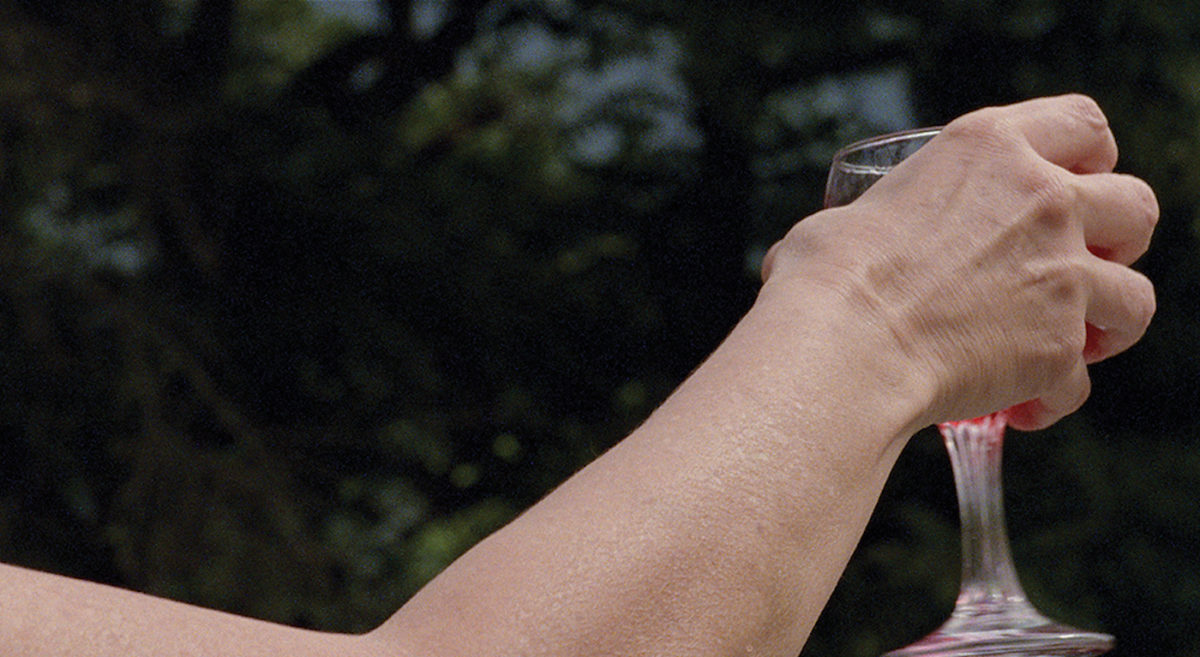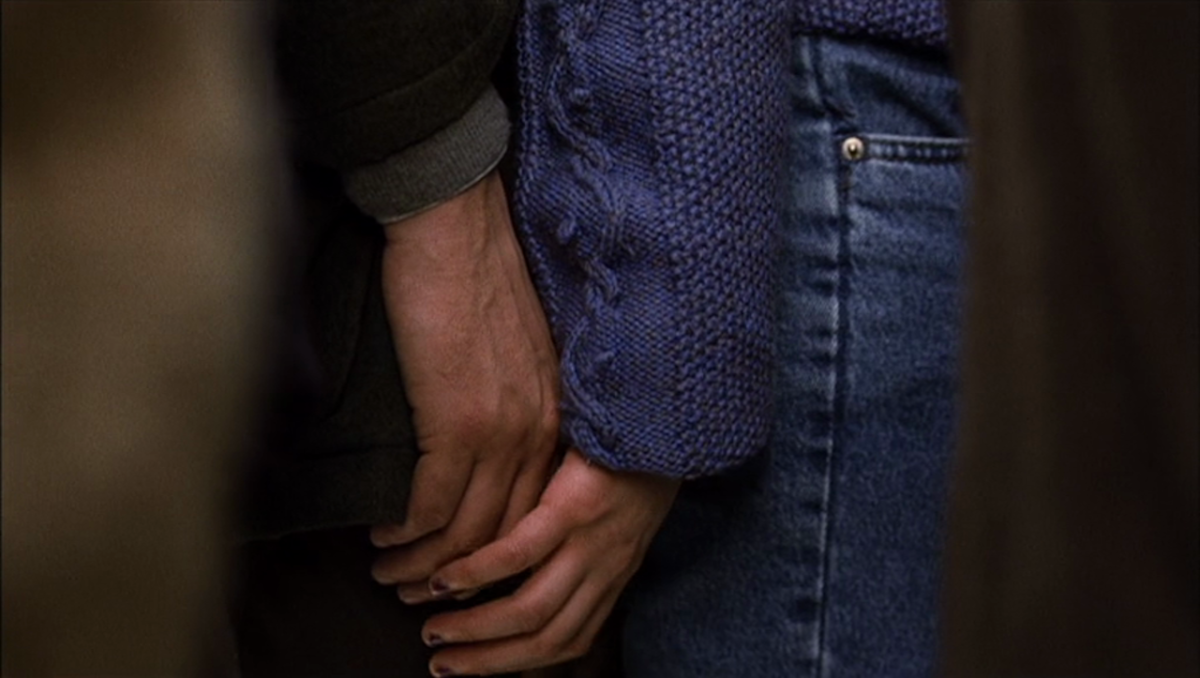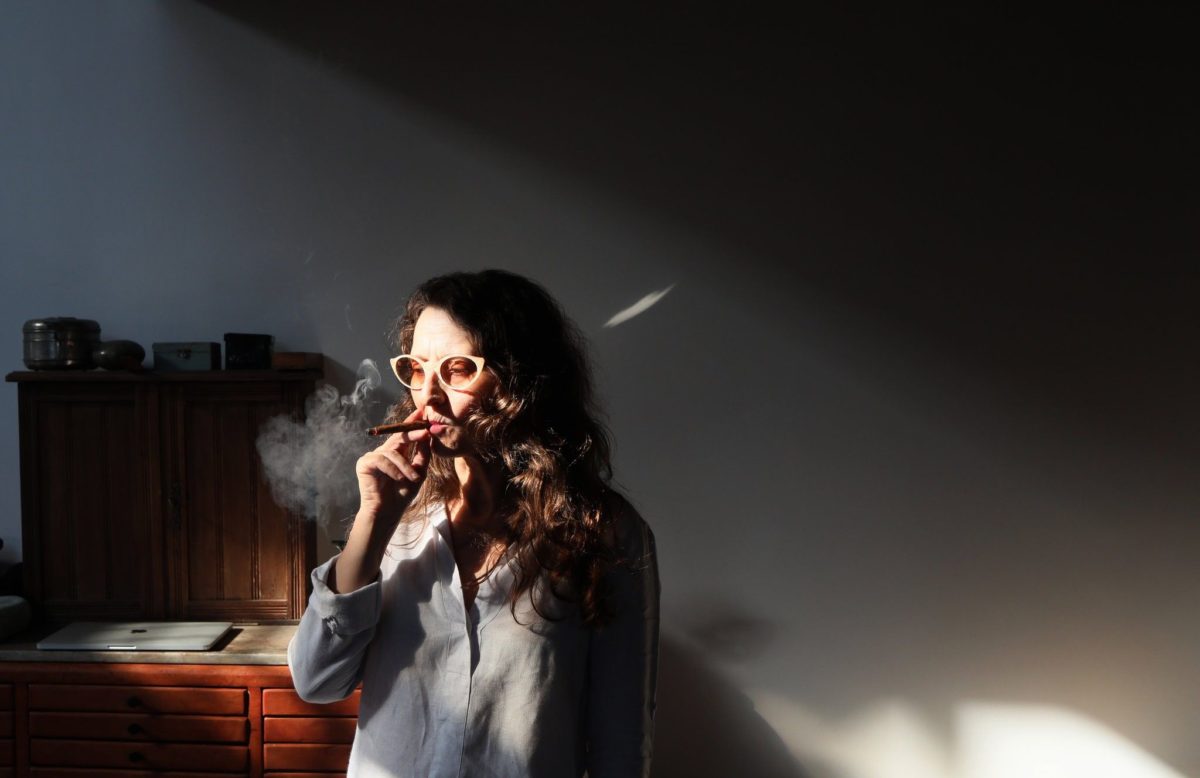“We are always out of time.”
Lucrecia Martel tells me this apologetically as we finish the interview. I thank her for our talk and chuckle about the double entendre. What time is there to have? After our conversation, comments on time seem superfluous. I am left wondering whether Martel really thinks a concept as absurd as time exists at all. When talking about her films, Martel is speaking about a picture bigger than her final cut could ever assemble. She talks about the world. Or at least how she experiences it.
Lucrecia Martel (born in Argentina in 1966) has always been pointedly conscious of reality’s relativity. She is acutely aware of how reality and our idea of it merge within our minds so that it becomes decisively impossible to distinguish between the two. Reminiscing about the past with her many siblings and finding out that their recollections of experiences within the family were quite different than hers, led Martel to question what huge disparities may exist in the perceptions of reality around the world.
“If this happens within a family, imagine what is happening in the world.”
Known for her strikingly rose-tinted glasses, one could come to think they grant her a special power, not to see things only in a positive light, but to perceive through others. Fittingly, Martel describes her films as “conversations designed to explore our world and make sense of ourselves and our reality.” Watching Zama (2017)—a film about the never-ending postponement of a Spanish colonial officer’s transfer to a less rural zone of 18th century South-America—one may wonder about the practical specificities of the conquistador’s standstill, yet Martel’s pink glasses focus on how Zama feels like he has been in one place for eternity. The filmic reality is only that: a conversation on the experiences of Don Diego de Zama; loneliness, frustration and cold. Similarly, La mujer sin cabeza (The Headless Woman, 2008) does not linger on the more immediate consequences of a car accident, rather it lets the viewer explore the reality of a woman who may or may not have caused such an accident—and the horrifying journey of trying to find out whether she has.
Martel seemingly loves to play with life’s uncertainties, even claiming that her own characters are ultimately blurry to her. She regards her characters—just as we should regard our lovers, she added with a grin—“not as a child, an adult, a woman or a man, but as monsters.” “It’s a monster I don’t know and I have to find out what he or she is.” Her monsters are predominantly occupied with hiding their feelings and conceptions of the world. When we ask them how they are, they will respond “fine, how are you,” as if they are pre-programmed automatons. Life is performance. Life is play. To observe is to analyse and peel off the surface to see what lies underneath.
“Everything we show of ourselves is, at that moment, what the monster wants you to believe.”
This position of doubt makes us question everything; we never trust what we see. In her films, this allows her to explore the reality of her characters. As people in the story, they are hiding their feelings, yet as characters in the plot, their emotions are expressly what is being explored. Martel feels that we are able to show these hidden layers of feeling by framing precisely, often isolating body parts. A single, prolonged close-up of a hand, holding a glass of wine, shaking: this is the opening shot of La Ciénaga (2001), immediately revealing the (drinking) habits of this particular family. Bodies almost never seem to be whole in Martel’s work, cut up into pieces by her camera and thus amplifying the connotations of something as seemingly insignificant as a raised finger. Traditionally, we are trained to identify feelings through facial expressions, yet Martel wants to shift away from the face, which is the body part most visible and thus most expert at hiding. “Bergman-esque close-ups tell us nothing,” she claims.

“There’s this saying that goes: ‘the eyes are windows to the soul’. I believe this is a stupid idea.”
Just like there is not one reality, there is not one part of the body that could show us the true experience of a character. Especially not the eyes, according to Martel. The eyes want to answer “I’m fine, thank you,” when the body is weeping. With the face trying to hide its true colours, one is far more likely to observe a thought being formed in any other part of the body. Isolating body parts is also her personal effort to look differently, to “bypass [her] own stupidity”. Although she laughs about how many times she failed, her framing definitely lays bare a blind spot in contemporary filmmaking. However disjointed the focus on ‘separated’ limbs may seem upon first encounter, there is something defiantly fascinating about how it makes a viewer sensibly aware of his quest for meaning.

“When I frame, I try to go beyond what is happening.”
Her style is markedly fragmentary, indeed: take La Ciénaga’s opening sequence of quivering hands, the ‘Headless Woman’, and Zama’s hands being cut off. In La niña santa (The Holy Girl, 2004), the most compelling scene is not coincidentally also the most strikingly framed. While listening to a Theremin player on the street, the ‘holy girl’ is being unwantedly touched by a family friend. Martel shows us her lips opening just slightly, his crotch leaning forward. The scene feels claustrophobic and, while no immediate emotional shock seems present in their calm bodily reactions, we feel that this moment is significant. Her style does indeed go beyond what is happening, allowing the viewer to perceive this small, short moment as a turning point.

While Martel perceives bodies as fragmentary, their parts isolated, she understands speech as a connecting principle. “When we talk, we can bring about the past, present and future of ourselves and all we are in touch with,” Martel believes. “It’s so mysterious how a person works. When someone is talking, there is a resonance of other voices.” “It’s not a ghost thing… but it could be,” she assured me. We are simply all populated by the voices and experiences of ourselves and others, melting the whole together and in a way becoming one another. Who hasn’t been accused of sounding like their mother? “Psychology may have an answer for why I leave a certain pause,” Martel says, “but it must come down to how we are shaped by our interactions.”
“I would have loved to do something more economical, but I decided to make cinema. I wasn’t thinking about the world.”
However big and all-encompassing her ideas may seem now, Martel stresses that she started to make films out of a concern for her community, to lend voices to the unpopular realities and experiences of Argentina. Yet, her insights lead to something of an epiphany for myself, and I am glad they have succeeded in crossing the Atlantic. In trying to perceive the hidden layers of her community, Martel supplied us with strategies to navigate art as well as life. Maybe we all just need a pair of rose-tinted glasses.
This conversation took place on February 25 at BOZAR in Brussels, where Lucrecia Martel was invited for a three-day program around her work.
